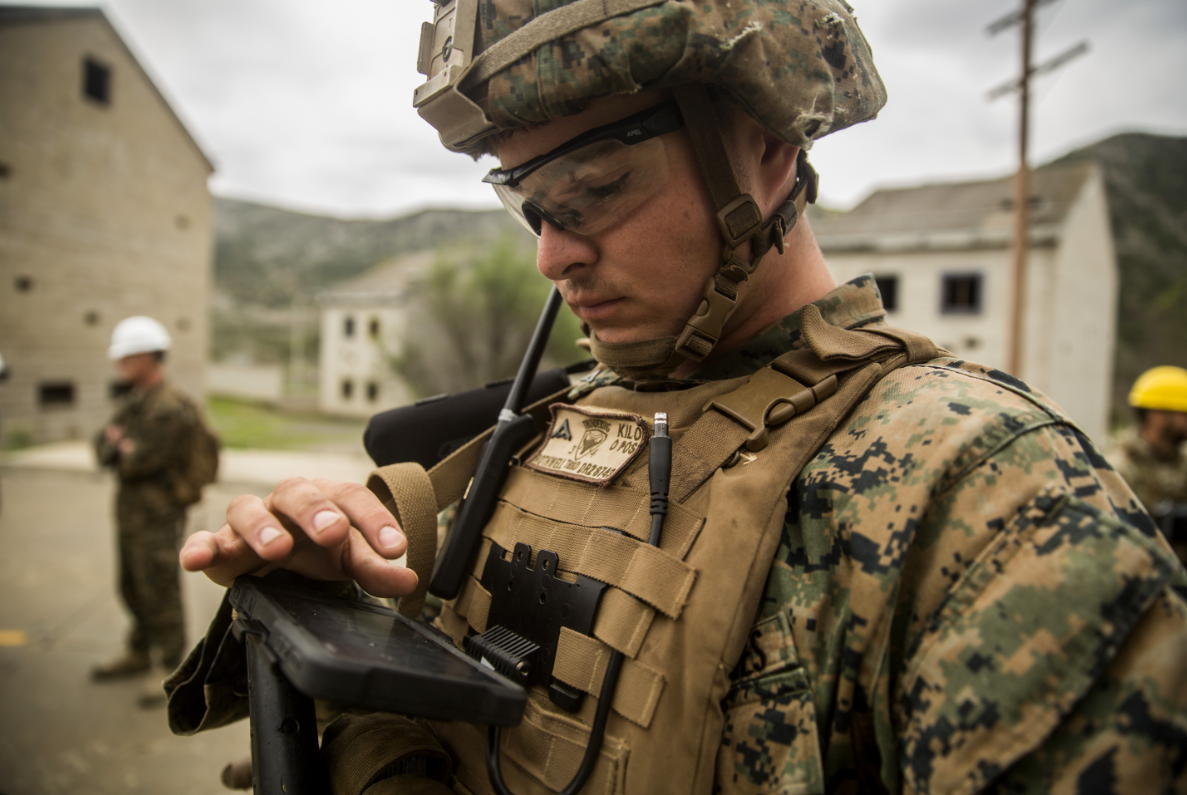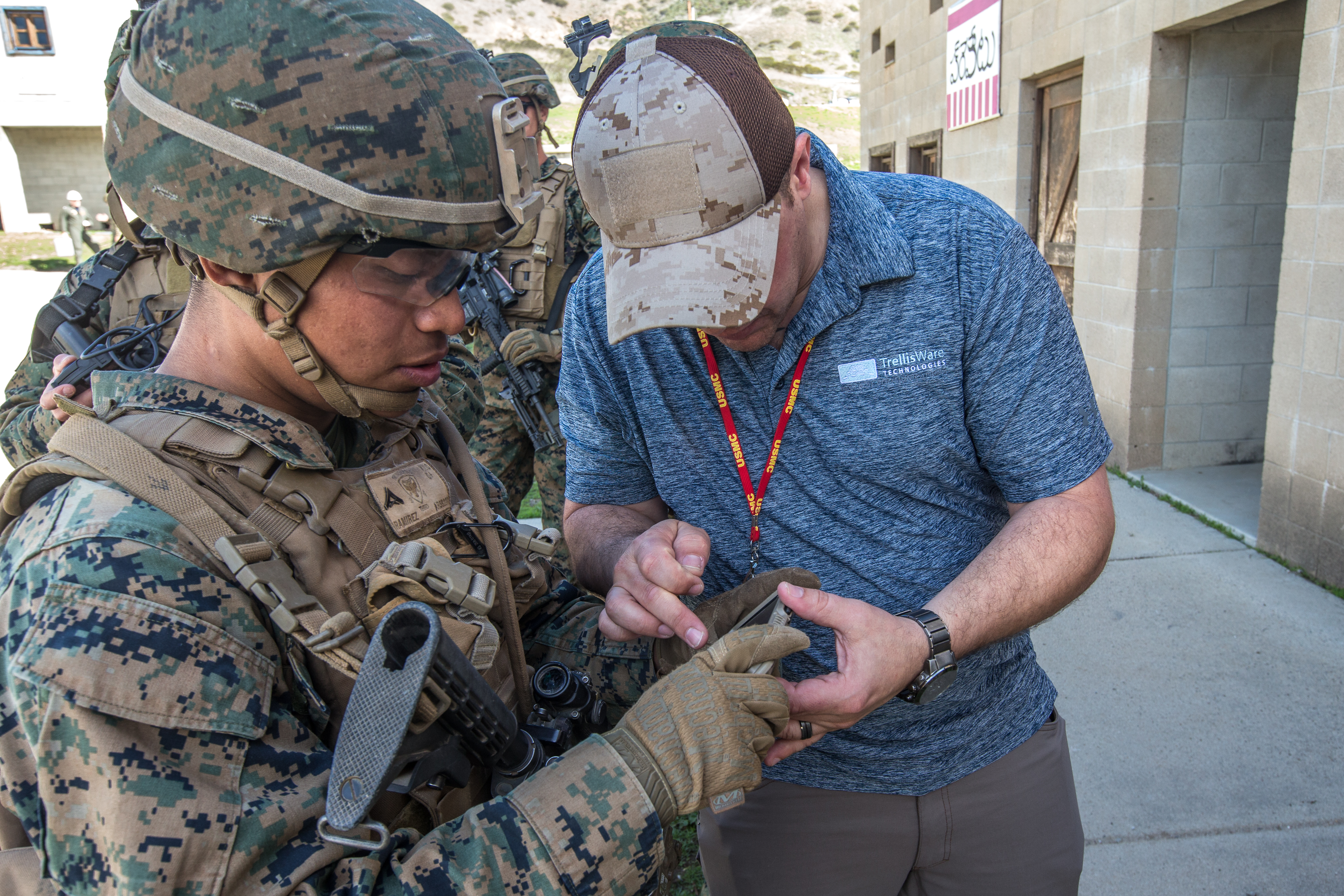
MARINE CORPS BASE QUANTICO, Va. – The Navy and Marine Corps will build upon the successes of previous technology demonstration exercises by hosting a series of “Fight the Naval Force Forward” exercises in late 2018 and early 2019 to work with prototypes that could aid future amphibious operations.
Navy acquisition chief James Geurts told USNI News Tuesday that this Fight the Naval Force Forward effort – which follows two major Advanced Naval Technology Exercises (ANTX), one on amphibious landings and the other on urban warfare – will look at, “how does the Navy and Marine Corps operate in a contested environment forward? It’s fairly broad, so what we’ve been doing the last couple months is breaking that into actionable engineering pieces to then go answer through getting industry feedback, and then where they’re seeing it looks like they can solve a problem, go do an exercise and test it.”
Geurts said during a speech at the Modern Day Marine event in Quantico that the Navy and Marine Corps invested in about 50 new programs or prototypes in less than 18 months following the ANTXs, and the upcoming series of test events is meant to continue that momentum with an eye towards naval and amphibious warfare against a higher-end adversary.
Geurts said there are two buckets of benefits that come out of exercises with prototypes of industry’s latest ideas and innovations: first, the Navy and Marine Corps may find something they want to buy or continue to mature; and second, the services may gain knowledge of what works and what doesn’t work that would inform the requirements of future acquisition efforts.

Lt. Gen. David Berger, commanding general of the Marine Corps Combat Development Command (MCCDC) and deputy commandant for combat development and integration, echoed similar thoughts during the Modern Day Marine opening ceremony.
For one, he said, “we operate as part of a naval force. This nation needs the Navy and Marine Corps to operate together as a naval force; we can operate separate from each other, but we are much more powerful when we’re operating as a naval force.”
Second, he said, “I think our industrial base and our academic intellectual base are strategic assets for our country – we should not lose sight of that and we should not take that for granted.”
And third – which he repeated throughout his talk – everyone needs to move faster to field capabilities to Marines operating forward.
Speaking of the kinds of tech demonstration exercises Geurts advertised, Berger said, “we’re going to go shopping; we’re going to put gear in the hands of Marines in order to figure out if we need it. That’s turning the world upside down.”
He said there would be both challenge and opportunity in this increased emphasis on prototyping and rapid acquisition.
“We need to get Marines – junior Marines – together with industry in a conversation way earlier than we have been comfortable with in the past. And second, we need to get the gear in the hands of those Marines when it’s just a prototype – when it’s really ugly, it’s not the finished final product. Let them play with it, let them take it out in the field. Chances are, if we thought there were three ways they could use it, they’re going to come back with two ways we never thought of before, and they’ll tell us of the other three we can use one of those three. We have to get it in their hands much earlier, we have to have that conversation with industry much earlier.”
He said it goes against conventional wisdom in some ways, but that this era of rapid fielding of new technologies requires the military and industry to fail early and fail often, and it requires them to view Marine Corps acquisition as a team sport – where it’s okay to collaborate – instead of a more scripted evolution that requires dialogue only at certain allowed points along the way.
The ultimate goal, Geurts said, is that “we’ve got to be able to operate – we as the acquisition system – at the same pivot speed that our operational customer demands,” which will only grow faster as the threat evolves faster.





